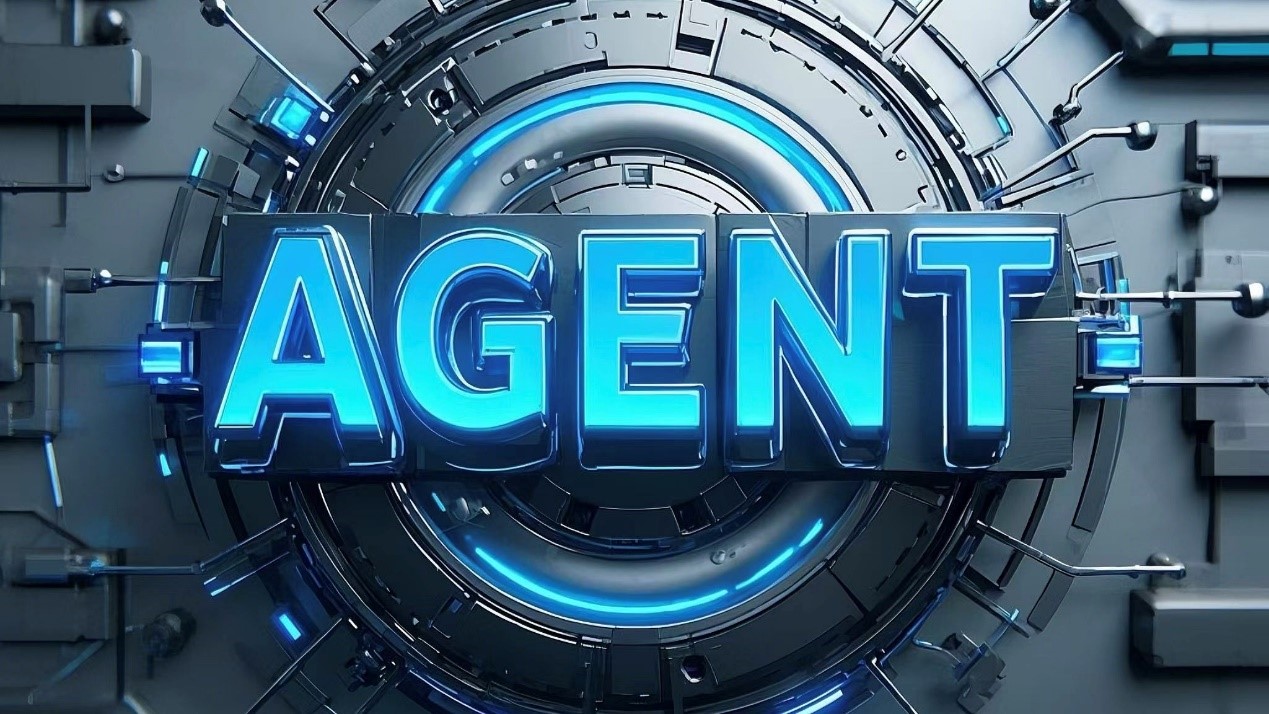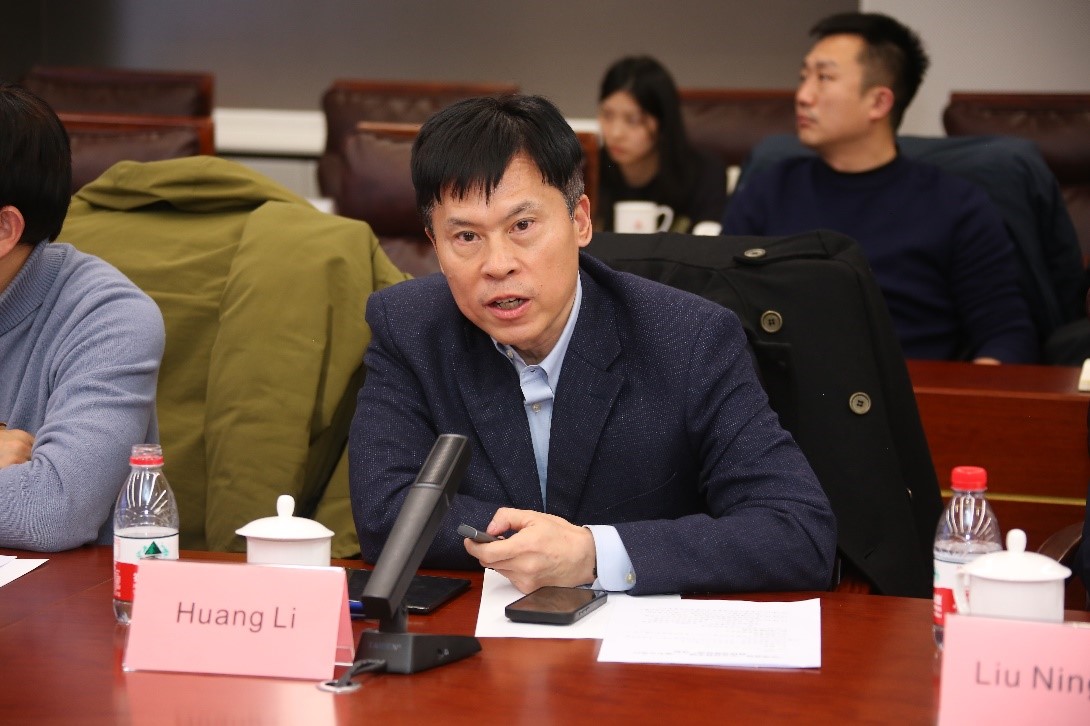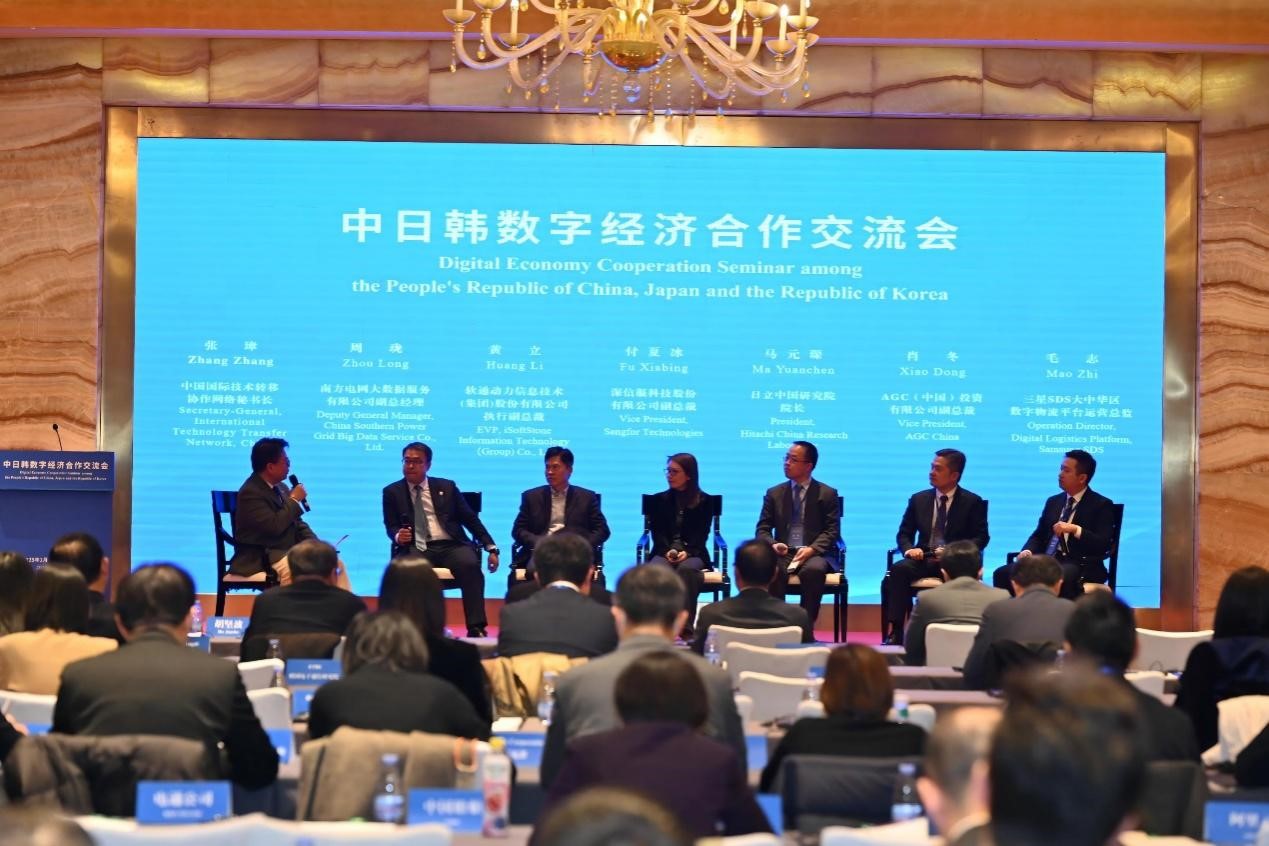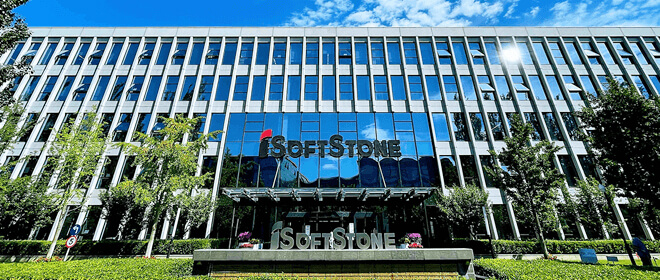
Working Towards the “Double Carbon” Goal丨iSoftStone Participated in the Development of the Standard for Forest Carbon Indicator Monitoring System under Satellite-based Earth Observation
Recently, the Standard for Forest Carbon Indicator Monitoring System under Satellite-based Earth Observation, jointly developed by the Aerospace Information Research Institute, Chinese Academy of Sciences, the Major Special Project Center of the State Administration of Science, Technology and Industry for National Defense, the Management Committee of Nanping Industrial Park in Fujian Province, the China Center for Information Industry Development, etc. was officially publicized. iSoftStone, as one of the drafting units, collaborated with several research institutes and pioneering businesses to develop this standard. This is the first domestic group standard for scientific and accurate monitoring of carbon sources and sinks, which can further reduce the manpower and material costs associated with monitoring carbon sources and sinks while also improving the authenticity and accuracy of monitoring data.
The Communist Party of China and the Chinese people have consistently upheld the concept of green and low-carbon sustainable development. Active efforts to promote “double carbon” is crucial for breaking resource and environmental constraints, fostering the transformation of economic structure, and achieving sustainable development. In addition to addressing the requirement for monitoring carbon sinks in ecosystems, the development of this comprehensive monitoring and evaluation system can chart the course for a new pattern of high-quality sustainable development.
One of the primary objectives of iSoftStone’s development has always been to implement the “double carbon” strategy and assume social responsibility to foster high-quality development. For this, iSoftStone actively participated in the discussions with the University of Chinese Academy of Sciences, the China Association of Productivity Promotion Centers, and the Satellite Application Center for Ecology and Environment, MEE and contributed a great deal of reference data and industry suggestions for the development of the standard based on its profound understanding of the energy production and consumption sides as well as its technical experience concerning relevant digital applications.

The Standard for Forest Carbon Indicator Monitoring System under Satellite-based Earth Observation forms a comprehensive monitoring and evaluation system by integrating satellite technology, Internet of Things, big data, cloud computing, etc. Established on the perspective of satellite-based earth observation, it specifies the grading system for forest carbon indicators based on remote sensing, monitoring product system and monitoring technology system framework for forest carbon indicators based on remote sensing, among others. With the multi-scale monitoring of carbon sinks and sources involving spatiotemporal dynamics, this standard can not only satisfy domestic monitoring needs for carbon sinks in forests, grasslands, wetlands, lakes, and other ecosystems, but it can also satisfy technical needs for industrial parks, provinces, and municipalities for carbon dioxide monitoring. It is of great significance for reducing carbon emissions.
iSoftStone, a leading provider of software and IT services in China, feels strongly that it has a responsibility to carry out the “double carbon” strategy. iSoftStone is steadfast in its application of digital technology to support its clients’ “twin drive” of digitalization and low-carbon emissions, consistently promotes the thorough integration between the energy sector and digital technologies and builds a comprehensive new ecosystem of energy internet. Meanwhile iSoftStone leverages cloud computing, big data, artificial intelligence, Internet of Things, 5G, information security and other cutting-edge technologies as tools to foster “green culture” together with clients and contribute to the sustainable development in line with the “double carbon” goal.
News














